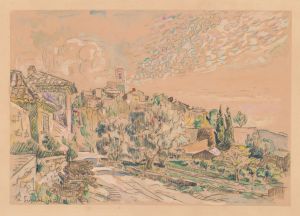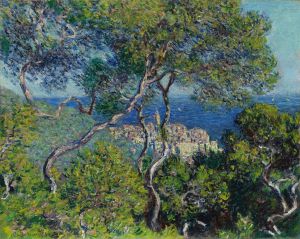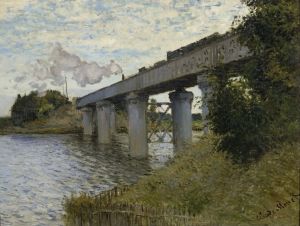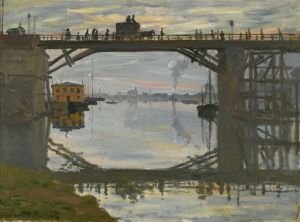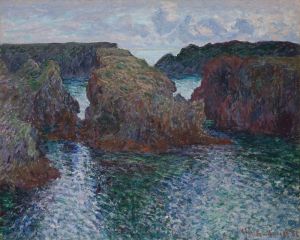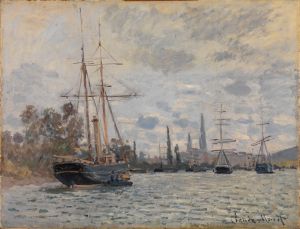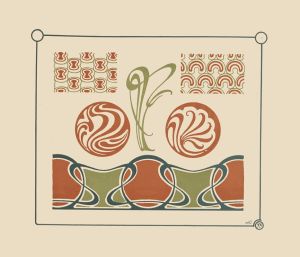
Les ravins de la Creuse
A hand-painted replica of Claude Monet’s masterpiece Les ravins de la Creuse, meticulously crafted by professional artists to capture the true essence of the original. Each piece is created with museum-quality canvas and rare mineral pigments, carefully painted by experienced artists with delicate brushstrokes and rich, layered colors to perfectly recreate the texture of the original artwork. Unlike machine-printed reproductions, this hand-painted version brings the painting to life, infused with the artist’s emotions and skill in every stroke. Whether for personal collection or home decoration, it instantly elevates the artistic atmosphere of any space.
Claude Monet, a pivotal figure in the Impressionist movement, is renowned for his ability to capture the transient effects of light and atmosphere in his landscapes. One of his lesser-known works, "Les ravins de la Creuse," exemplifies his dedication to plein air painting and his fascination with the natural world.
"Les ravins de la Creuse" was painted during a period when Monet was exploring the rugged and picturesque landscapes of the Creuse Valley in central France. This region, characterized by its dramatic ravines and lush greenery, provided Monet with a rich tapestry of natural beauty to explore through his art. The Creuse Valley, with its varied topography and changing weather conditions, offered Monet the perfect setting to experiment with light and color, key elements of the Impressionist style.
Monet's work in the Creuse Valley was part of a broader series of paintings that he created during his travels in the 1880s. This period was marked by Monet's increasing interest in capturing the essence of a place through multiple canvases, each depicting different times of day and varying atmospheric conditions. This approach allowed him to convey the dynamic interplay of light and shadow, a hallmark of his work.
In "Les ravins de la Creuse," Monet employs his signature loose brushwork and vibrant palette to depict the rugged terrain of the ravines. The painting captures the interplay of sunlight and shadow across the rocky surfaces and the lush vegetation that clings to the slopes. Monet's use of color is particularly striking, with rich greens and earthy tones dominating the composition, punctuated by touches of blue and violet that suggest the presence of water and sky.
The painting reflects Monet's commitment to capturing the fleeting effects of light and his ability to convey the mood and atmosphere of a specific moment in time. His technique of applying paint in short, rapid strokes creates a sense of movement and immediacy, inviting the viewer to experience the scene as if they were standing alongside the artist.
Monet's work in the Creuse Valley, including "Les ravins de la Creuse," is an important part of his artistic legacy. It demonstrates his ability to find beauty in the natural landscape and his skill in translating that beauty onto canvas. These paintings also highlight Monet's role as a pioneer of the Impressionist movement, pushing the boundaries of traditional landscape painting and influencing generations of artists to come.
While "Les ravins de la Creuse" may not be as widely recognized as some of Monet's other works, such as his series on water lilies or the Rouen Cathedral, it remains a testament to his artistic vision and his enduring fascination with the natural world. Through this painting, Monet invites viewers to appreciate the subtle nuances of light and color that define the landscape, encouraging a deeper connection with the environment and a greater appreciation for the art of seeing.





